SCURA Selects: What to see at Open House & LDF
Every September in London, two city-wide festivals – Open House and LDF – overlap to create a dense map of architecture, design presentations, pop-up galleries and one-off installations to discover. The sheer volume of listings can feel overwhelming, and not everything on offer is equally rewarding. With no small part of LDF taken up by brand activations and product launches, it’s instead the exhibitions and events buried further down the programme that we find spark ideas, provoke reflection, and get us thinking differently. With Open House, we love seeing homes, studios and organisations that are slightly unexpected, revealing layers of London’s architectural fabric. But we also love returning to some of the city’s modernist icons, opened up only for a couple of weekends at the start of autumn. So, to help you navigate what’s on show, we’ve put together our highlights to form the first instalment of Scura Selects – our new monthly guide to the exhibitions, suppers and events worth making time for. See you next month for more.
OPEN HOUSE LONDON
1. Howard Hodgkin Studio
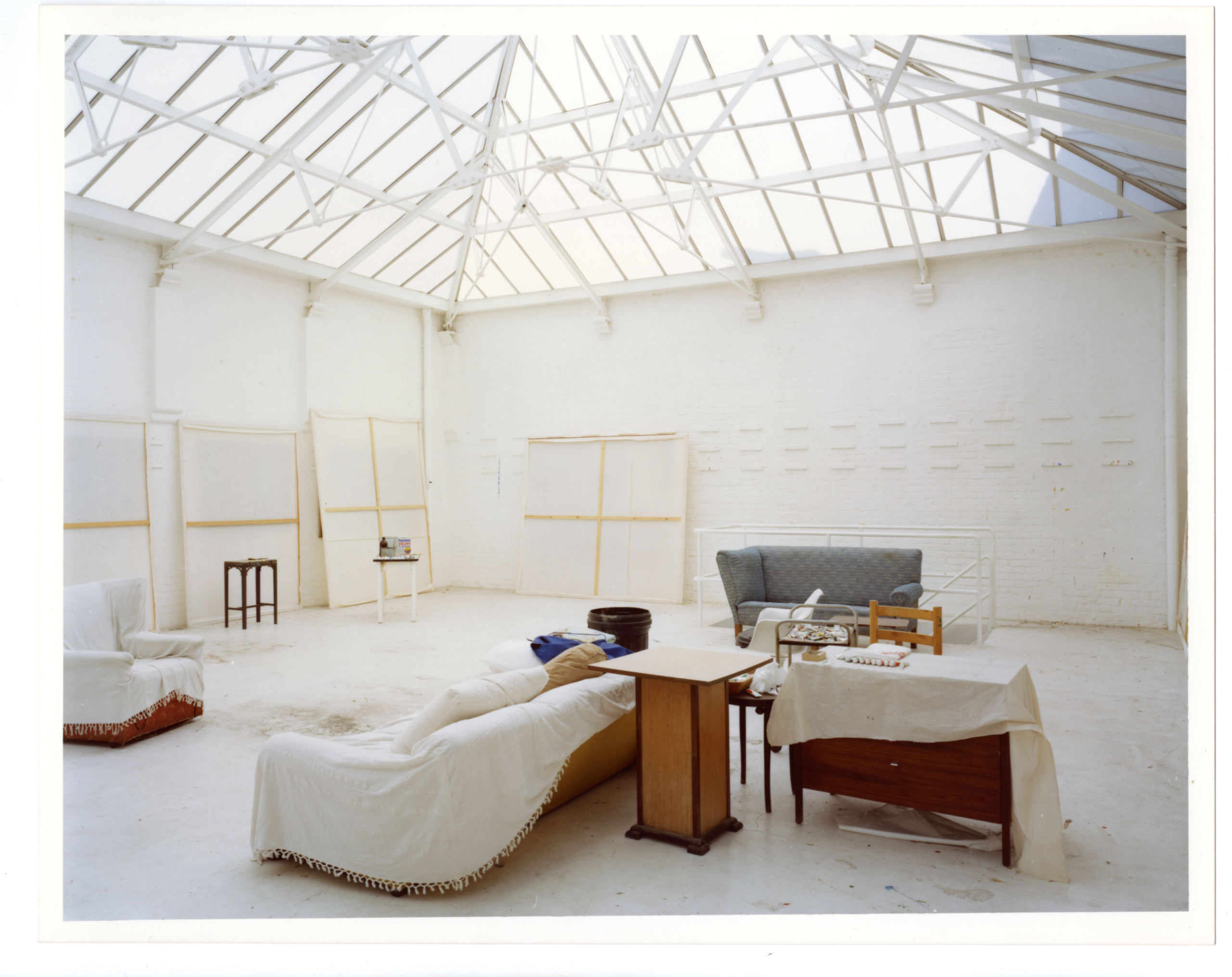
A 19th-century dairy turned factory in the heart of Bloomsbury became the painter Howard Hodgkin’s studio in the late 1980s. Converted with architect Robert Barnes, the space reveals Hodgkin’s meticulous spontaneity, as well as layers of this corner of London’s history, built up over 160 years. Purchasable posters, catalogues and a limited edition print offer a chance to extend the visit beyond the threshold.
2. Walter Segal Self-build Houses
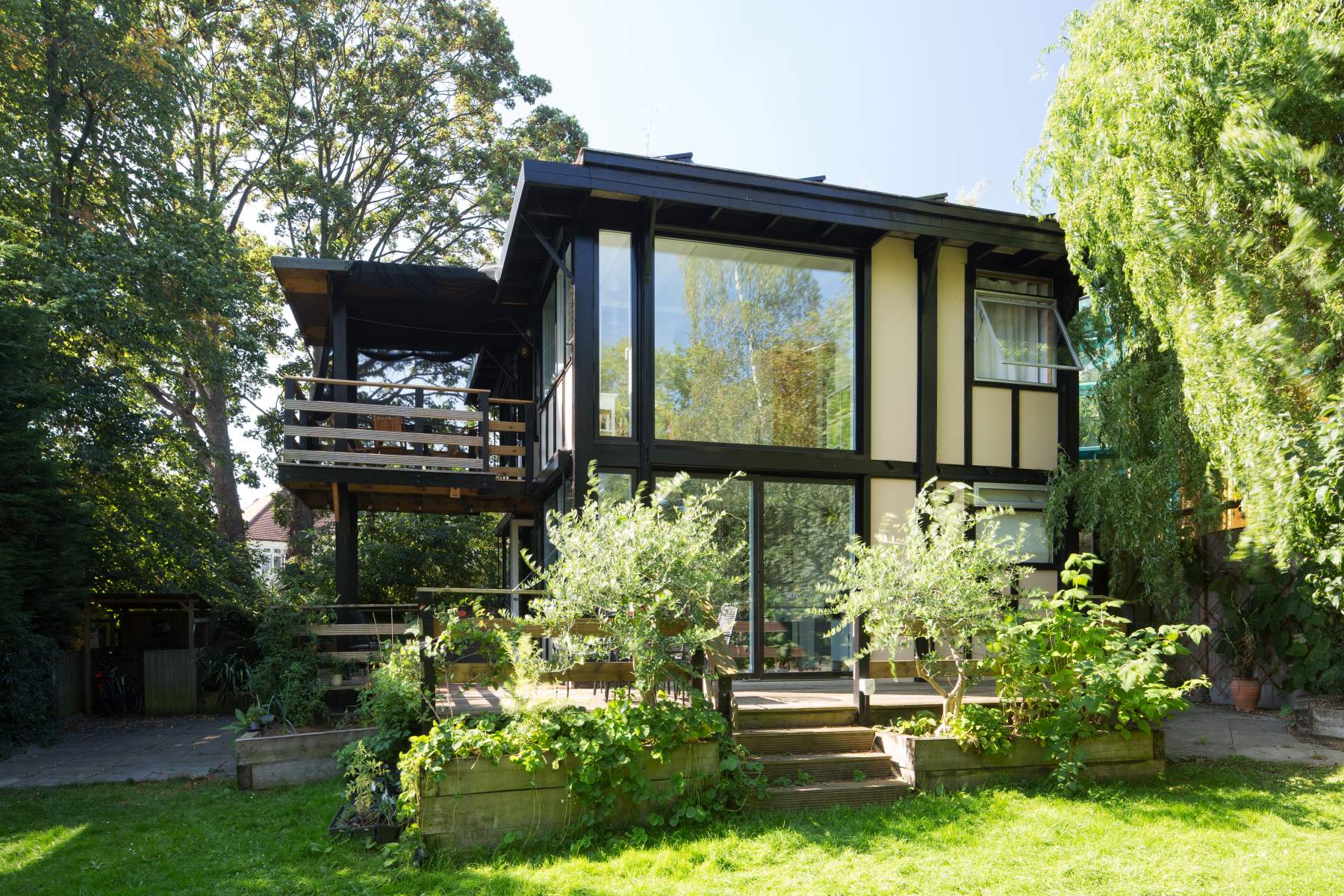
On Walters Way, timber frames perch on stilts among mature trees, their modular bones inviting lifelong adaptation. Built by first-time self-builders in the 1980s, these homes show how a clear system – posts, beams, panels – can empower people to make, mend and reimagine domestic space on their own terms.
3. Rudolf Steiner House
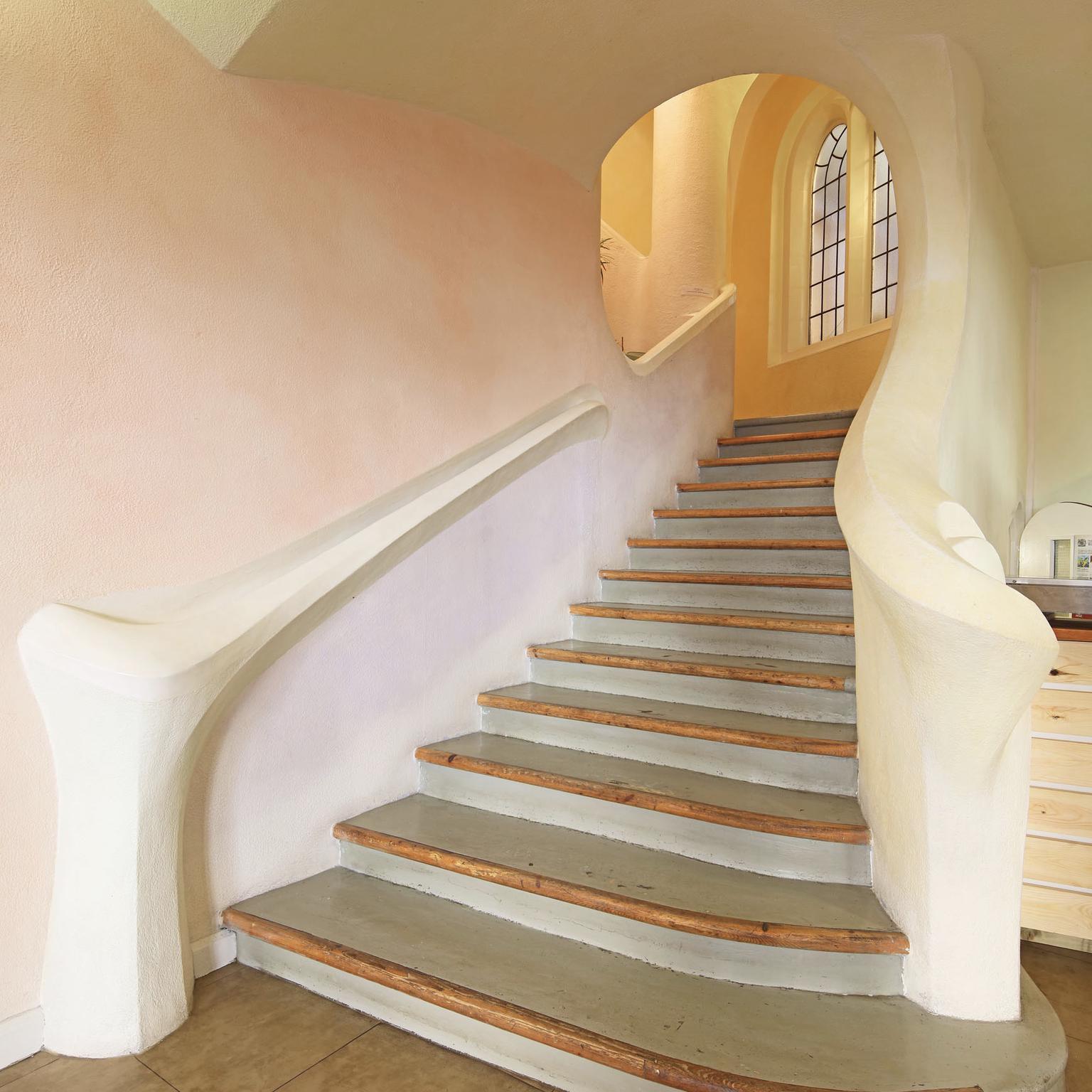
London’s sole expressionist building swirls from foyer to theatre in organic curves and metamorphic light. Designed by Montague Wheeler as a home for the Anthroposophical Society, its sinuous staircase and lazured walls are an architectural lesson on designing movement, and form following feeling.
4. London Centre for Book Arts
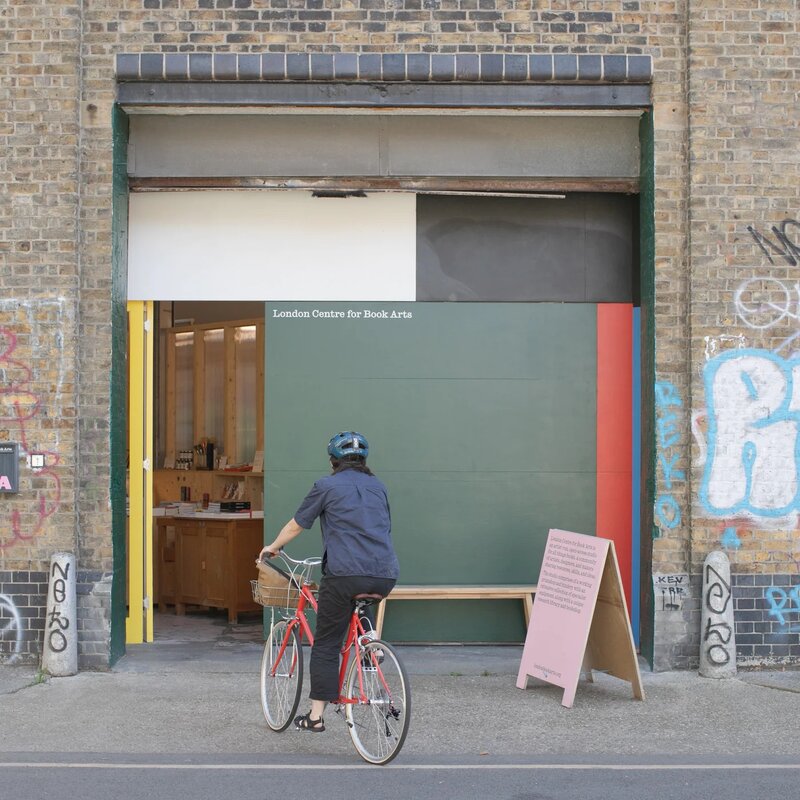
An artist-run workshop offering open-access to printing, binding and publishing facilities to all – community members and artists and designers alike. Explore the working printshop and bindery, and make sure to catch artist John Boot giving a live demo on Sunday 21.
5. Orleston Mews
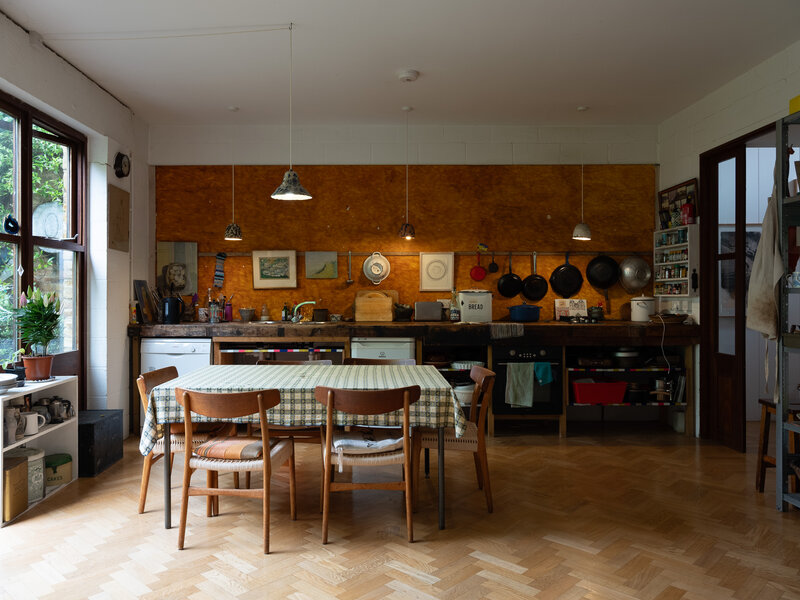
Peter St John’s early self-made home, made with his classmate Marcus Lee and partner Siw Thomas, was shaped from salvaged materials, limited means, and the raw gumption of a newly-qualified architect ready to put their ideas into practice. Split sections, cast-in-situ concrete and painted plywood ceilings show how economy and invention can produce a house of abundant character.
6. Walworth Garden
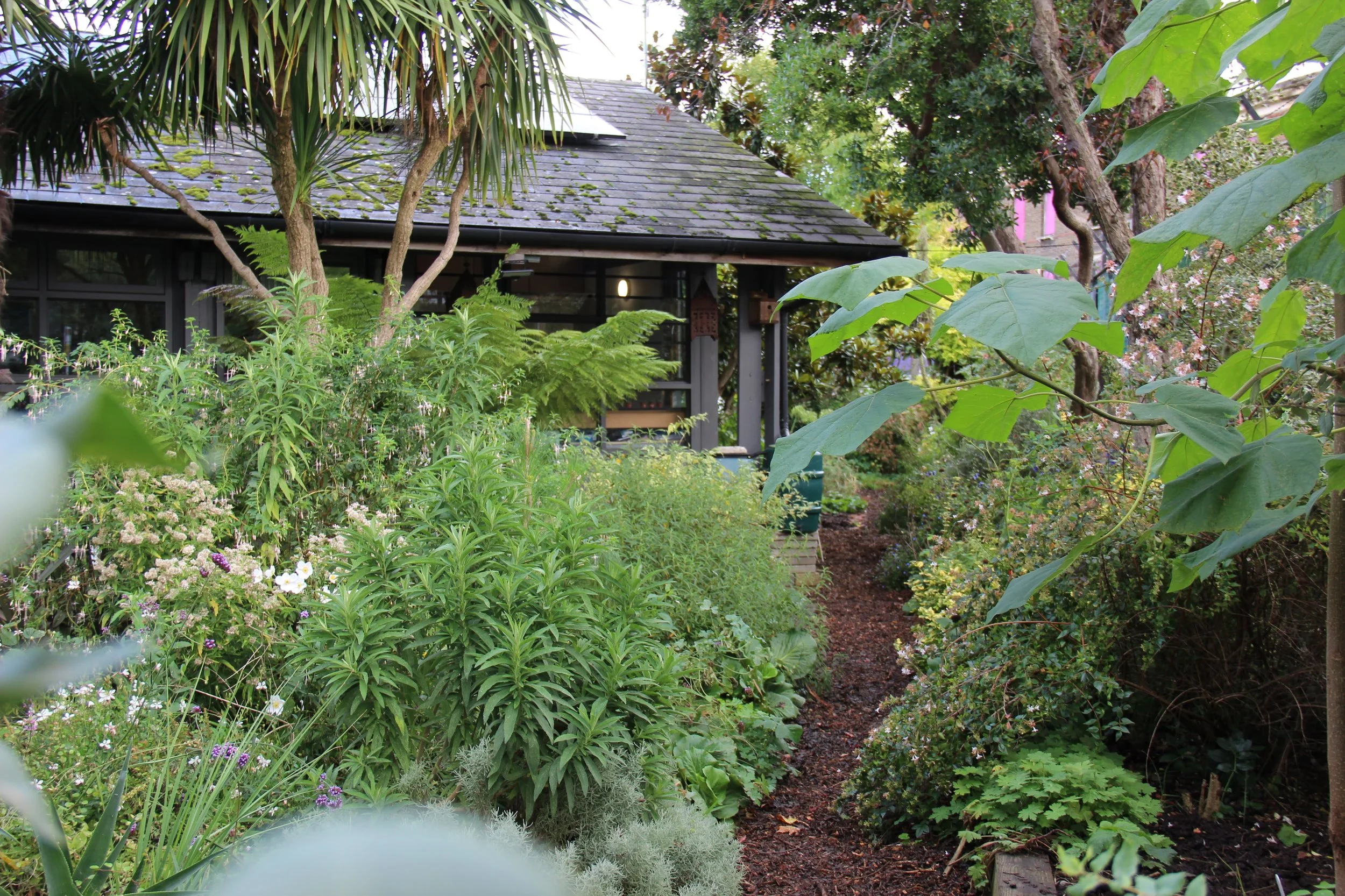
Designed by Matrix Feminist Design Co-operative and built by women, this timber-frame pavilion sits inside a community-grown city garden that has been open to the public and visitors for over 30 years. What was once a neglected wasteland has been transformed into a thriving sanctuary for biodiversity, education, therapy and beauty – living proof of the transformative potential of architecture as activism.
7. Highpoint
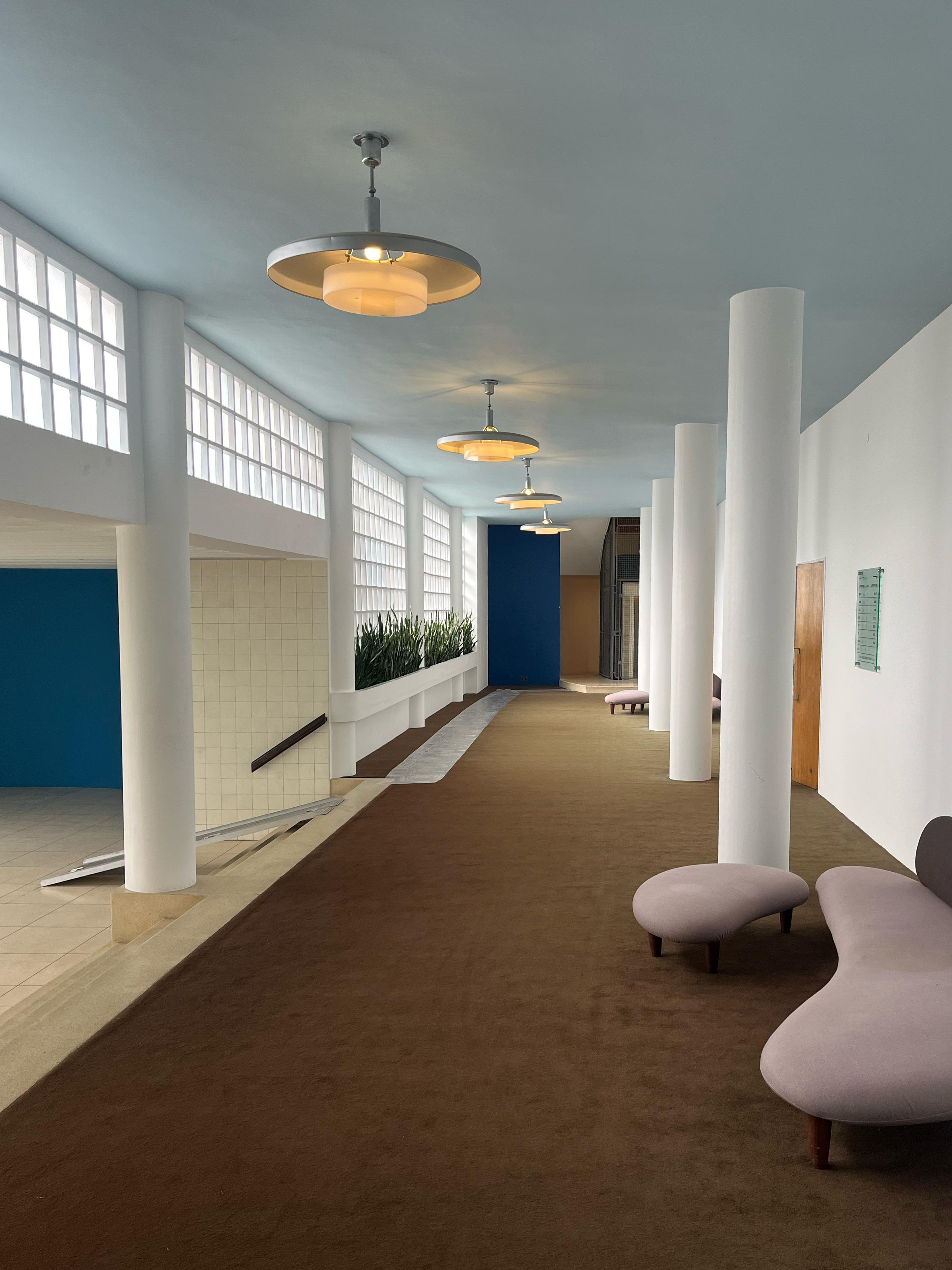
“A classic is a book which with each rereading offers as much of a sense of discovery as the first reading,” was just one of the ways Italian writer and journalist Italo Calvino defined a classic novel. We think the same thing rings true about architecture. Berthold Lubetkin’s Highpoint I & II – some of the first Internal Style buildings in the UK – might have been standing for almost 100 years, but they continue to be a reminder that modernism at its best is generous, urbane and deeply humane.
8. 1 Halsbury Close
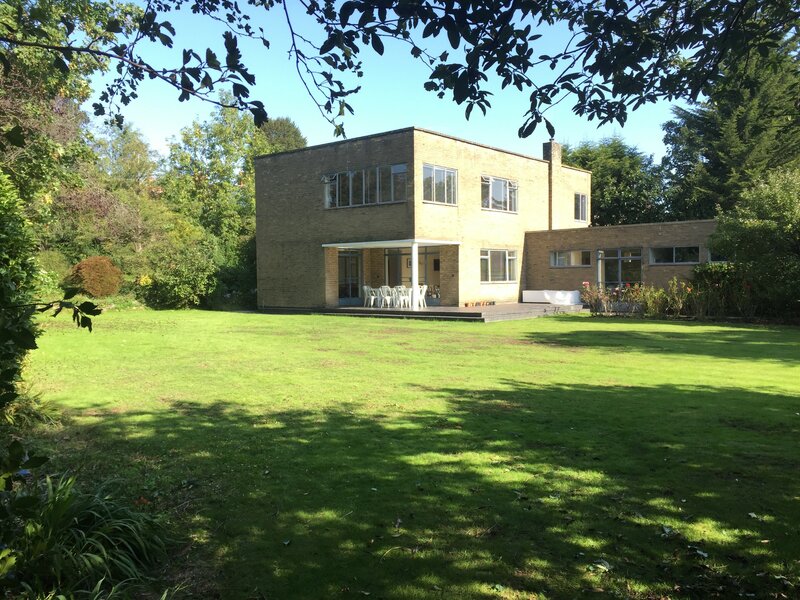
Rudolf Frankel’s 1938 modernist design keeps its clarity: asymmetrical volumes, linear windows, and original fittings intact. Brick, not concrete, lends warmth to the rigor, while the plan privileges sun, garden and everyday rituals over ornament. A true time-capsule worthy of the journey.
9. The Stanley Picker Trust, Picker House

This 1968 hillside home by Kenneth Wood with interiors by the Conran Group is a split-level jewel box of colour, craft and conviviality. Preserved as a living archive since 1968, it shows how design, art and hospitality can fuse into a single, generous domestic experience.
LONDON DESIGN FESTIVAL
10. The Listening Room

A break from the action is offered at SLOWE Living’s pop-up showroom and listening room, supported by KEF. Vinyl sets, live music, panel talks and a library of rare design and surf books all await discovery, while new furniture pieces and ikebana florals turn listening into a multi-sensory experience.
11. Unbound: A Salvino Marsura Retrospective
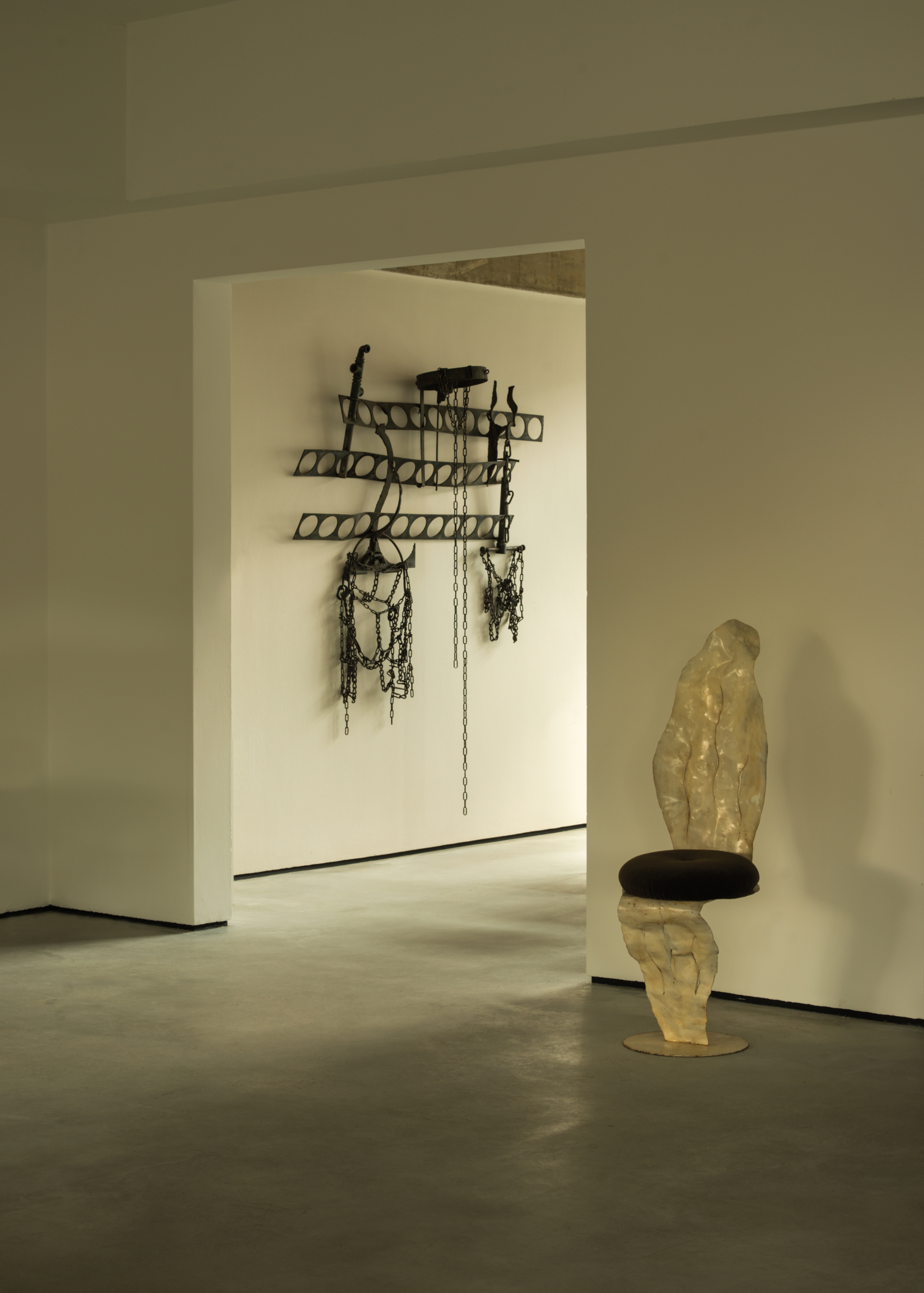
Béton Brut stages a retrospective of Italian iron artist Salvino Marsura, where forged roots and tendrils come up against chains and shackles. Unruly, poetic, and functional all at once, his work bends iron into a nonconformist expression of freedom, and is rendered only more wild by being put into conversation with Jean Michel Frank’s restrained furniture.
12. Toogood Open House with Noritake Design Collection
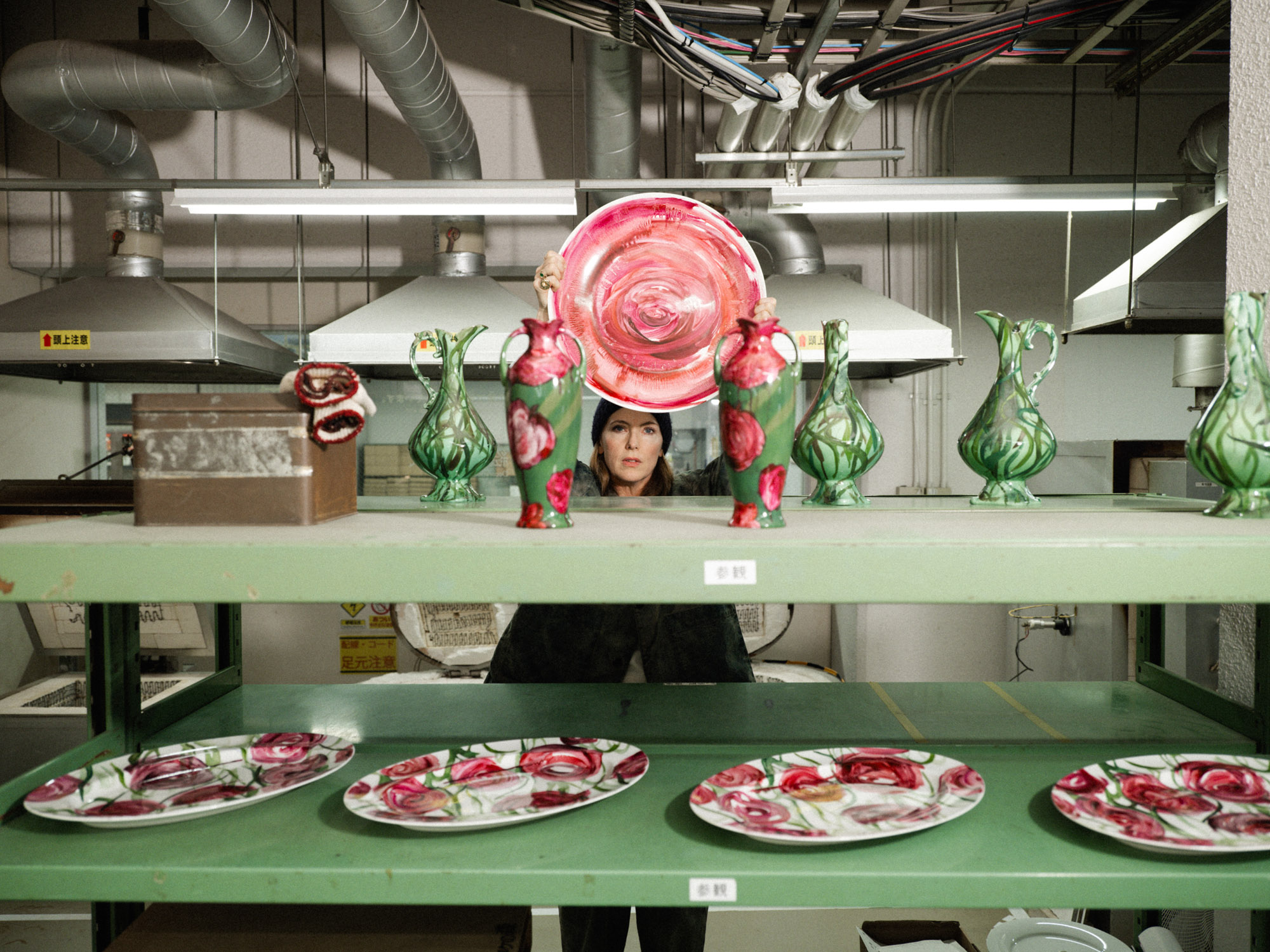
Faye Toogood’s ROSE ceramics with Noritake brings the palette of English rose gardens in conversation with Japanese heritage. Shown within Toogood’s multidisciplinary studio, hand-painted platters, sketchbooks and sculptures reveal a cross-cultural dialogue of discipline and spontaneity, made during a residency in Japan.
13. The Car Boot Sale, Slancha
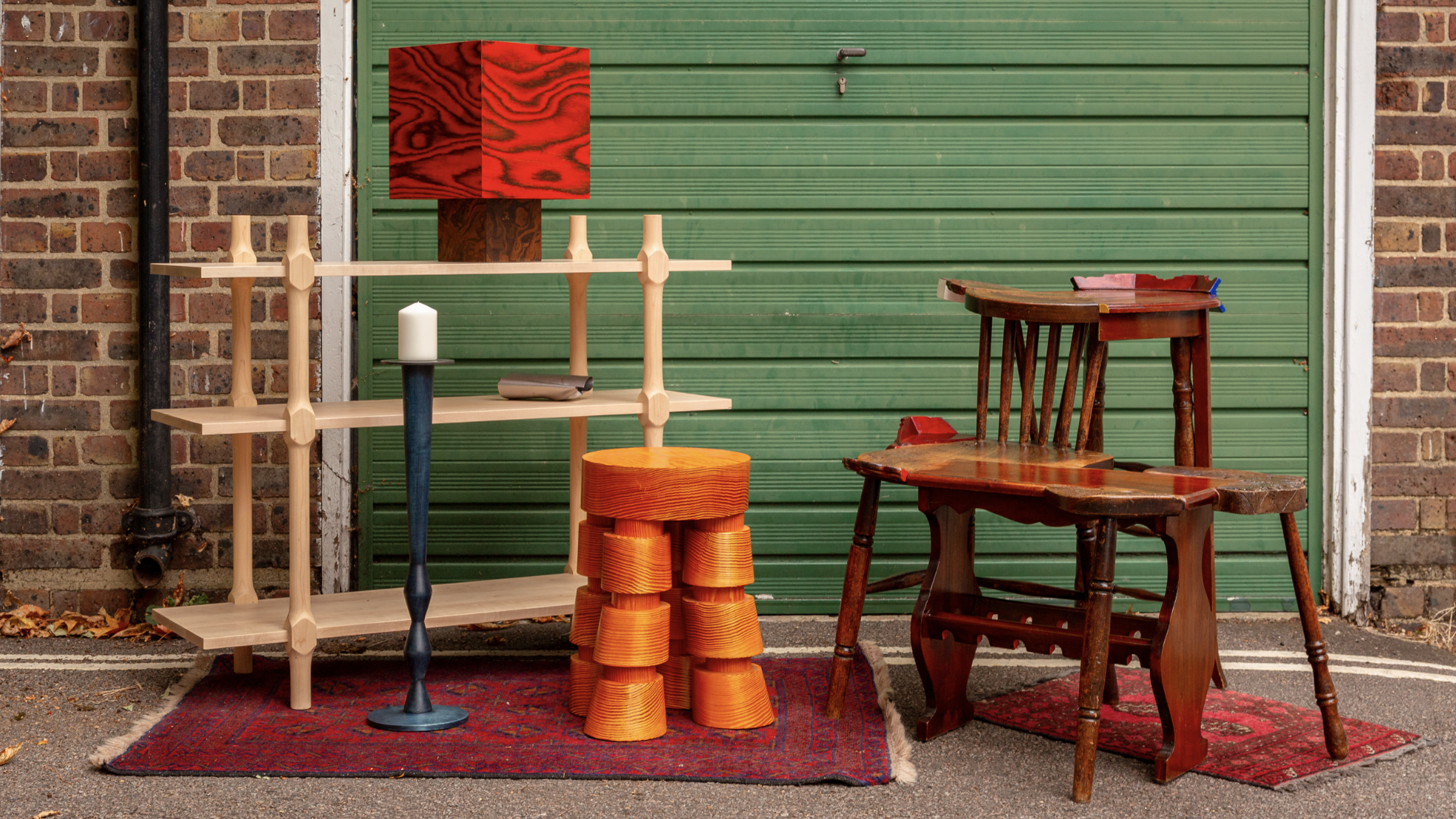
Sixteen emerging designers reinvent the familiar chaos of the car boot sale through one-off works made from repurposed materials. Poetic, playful and reflective, the exhibition turns second-hand spirit into contemporary design storytelling.
14. Crockery by Max Lamb + 1882 Ltd., Gallery FUMI
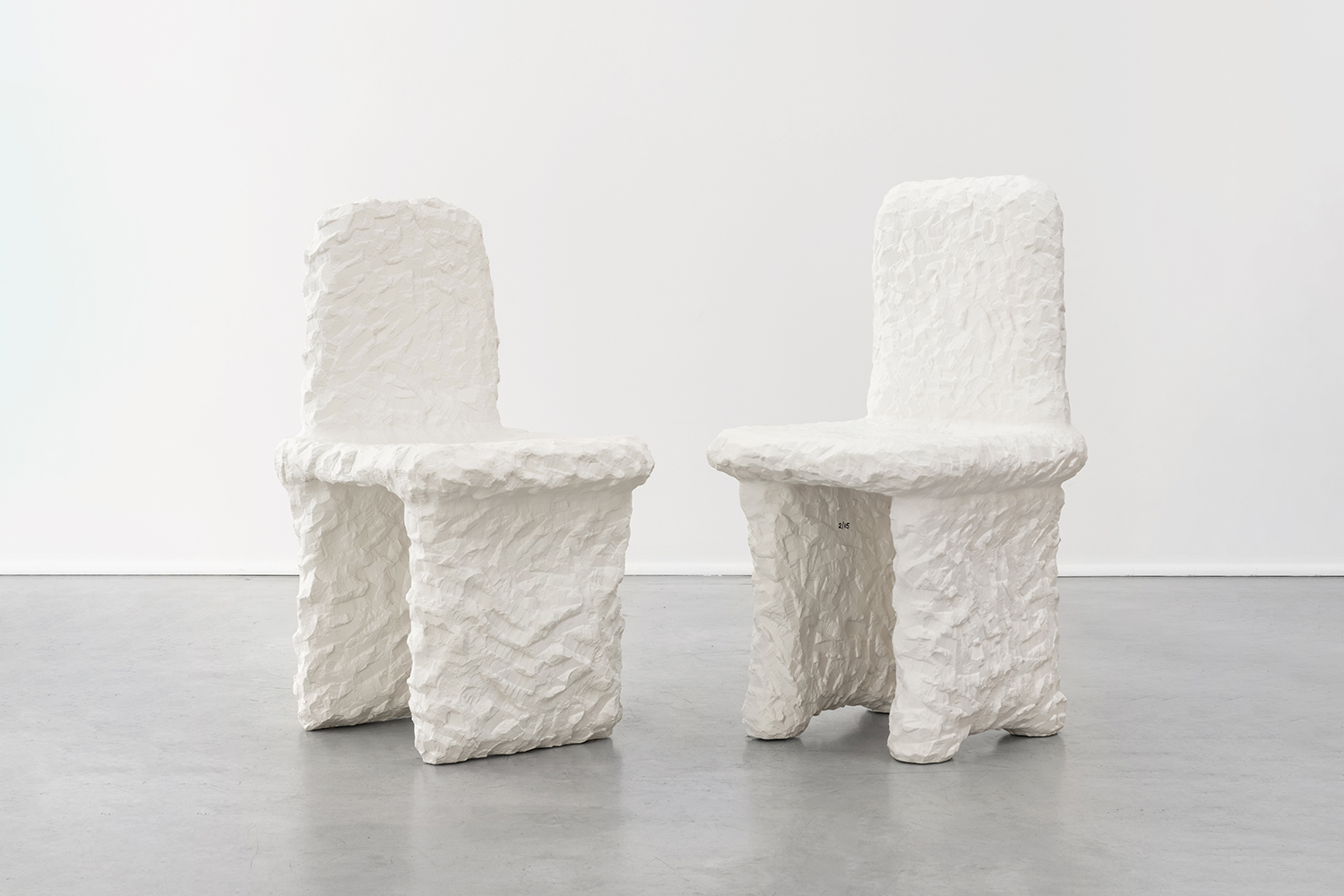
Max Lamb and 1882 Ltd. push ceramic to its limits with chairs and stools carved from hand-made plaster models and cast in clay. The result: furniture that questions traditional notions of what ceramics can be and what purpose they serve. Pull up a seat for this exploration into where material, form and function can be taken.
15. Soft Worlds, Sharp Edges
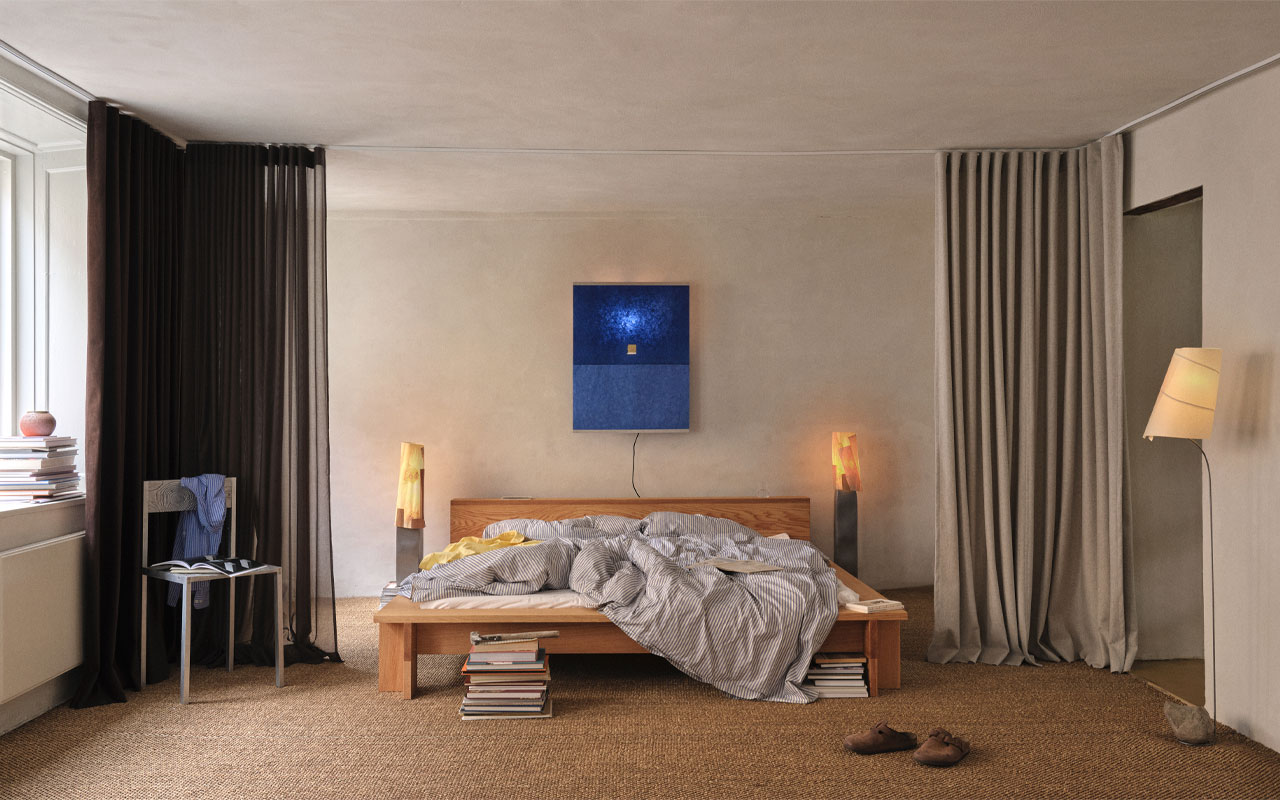
Charlotte Taylor transforms a bedroom into a layered stage for female design. With works by friends of Sucra Isabel Farchy and Motong Yang, as well as 28 others, the installation transforms an interior scene into an active narrative of female-authored design storytelling, in which each detail builds into a richly textured, cinematic-like world.
16. MRG x Ercol
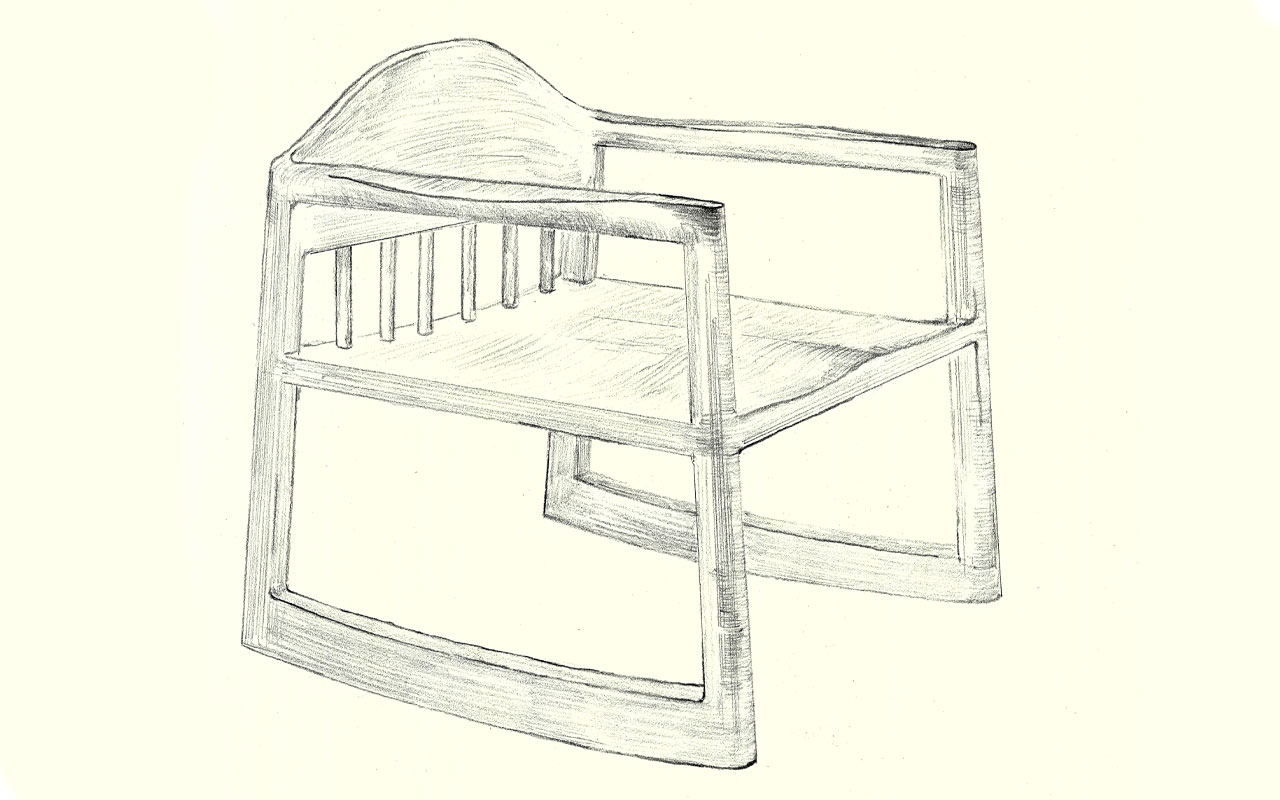
At Clerkenwell Fire Station, Max Radford Gallery invites seven designers to reimagine Ercol’s archives. From loungers to cabinets, each piece reframes heritage craft through contemporary eyes, blurring the line between utility and experiment.
17. Rooms: Space Becomes Time, Place Becomes Mind
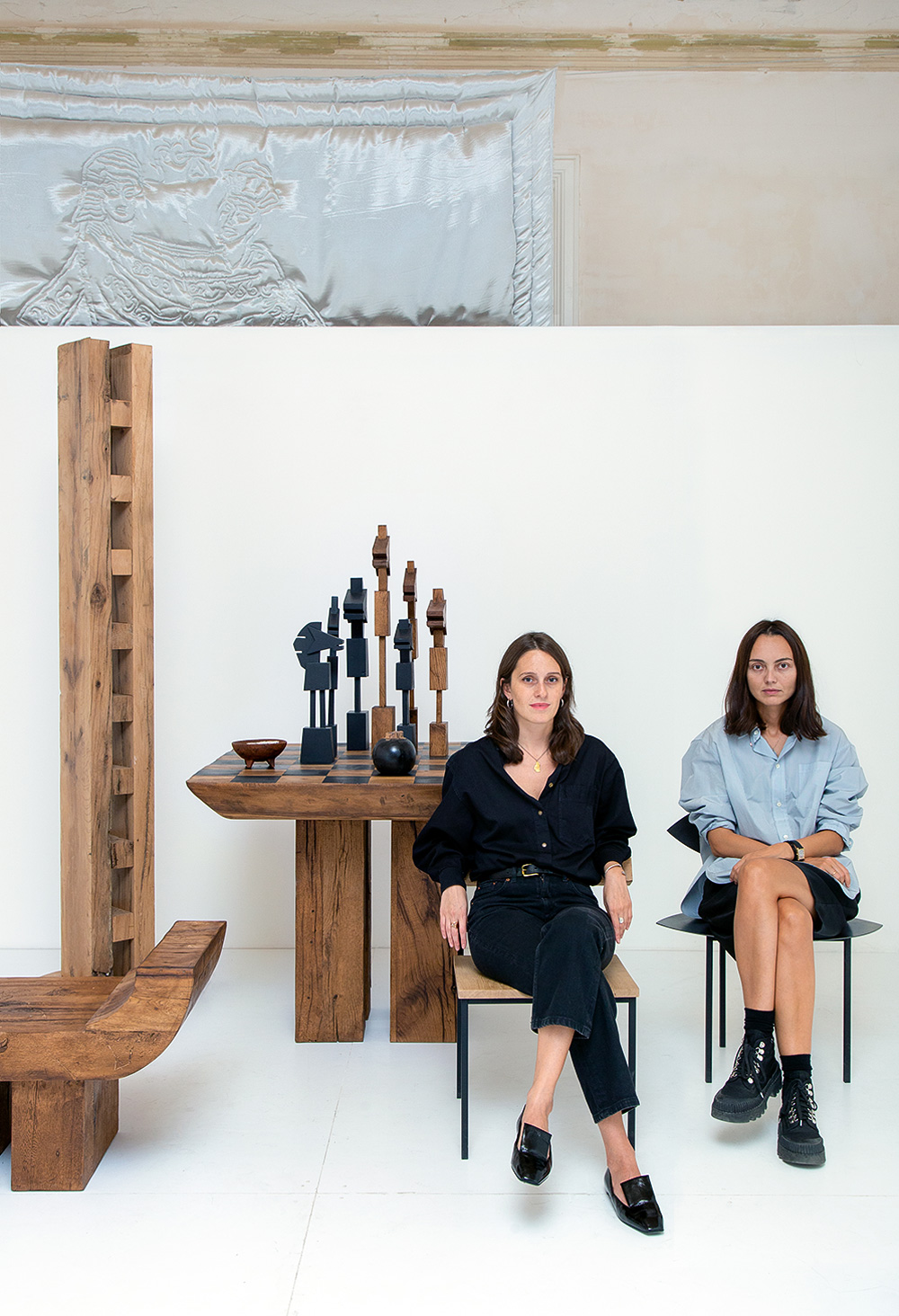
Tbilisi-based Rooms Studio explores the relationship between our sensory experience of materials and sound, where aluminium, wood and textile balance solidity with softness. At its centre, the limited-edition Herio × Rooms sound system pumps out Giorgi Koberidze’s sonic landscape, composed to invite internal reflection. Alongside, Room’s daybeds and chairs propose softness not only as texture but as lived presence, turning interiors into temporal, resonant experiences.